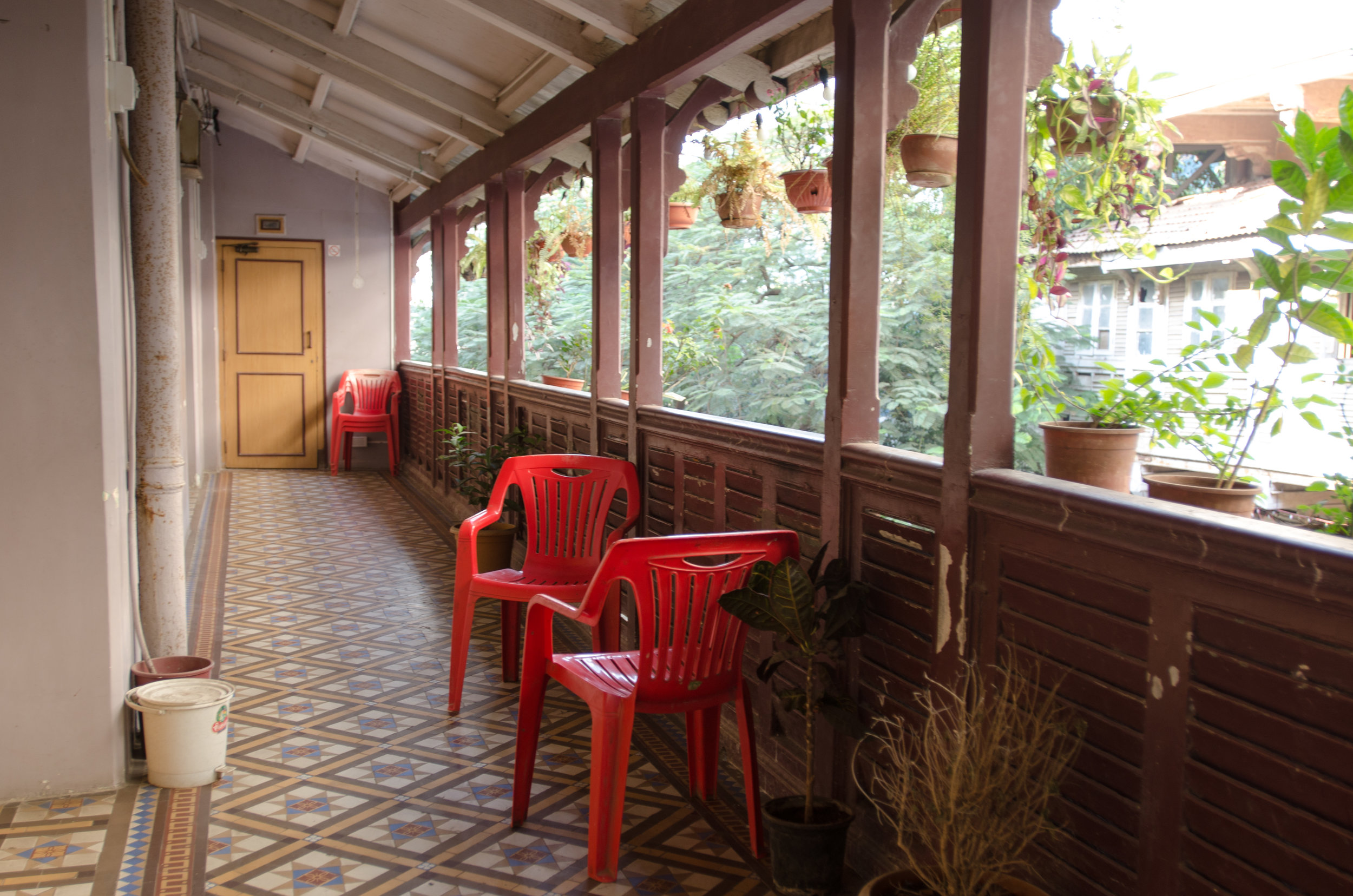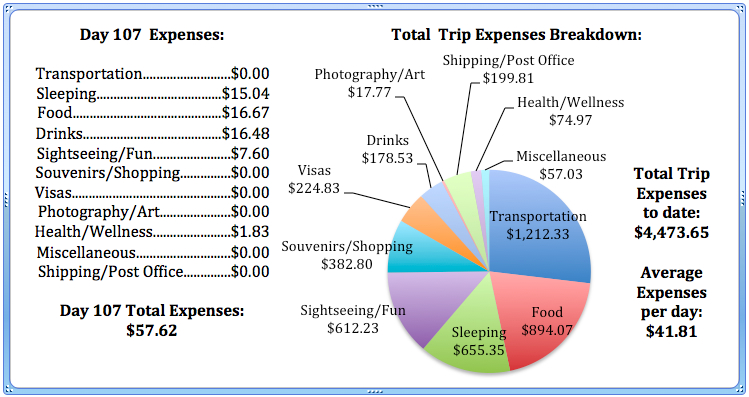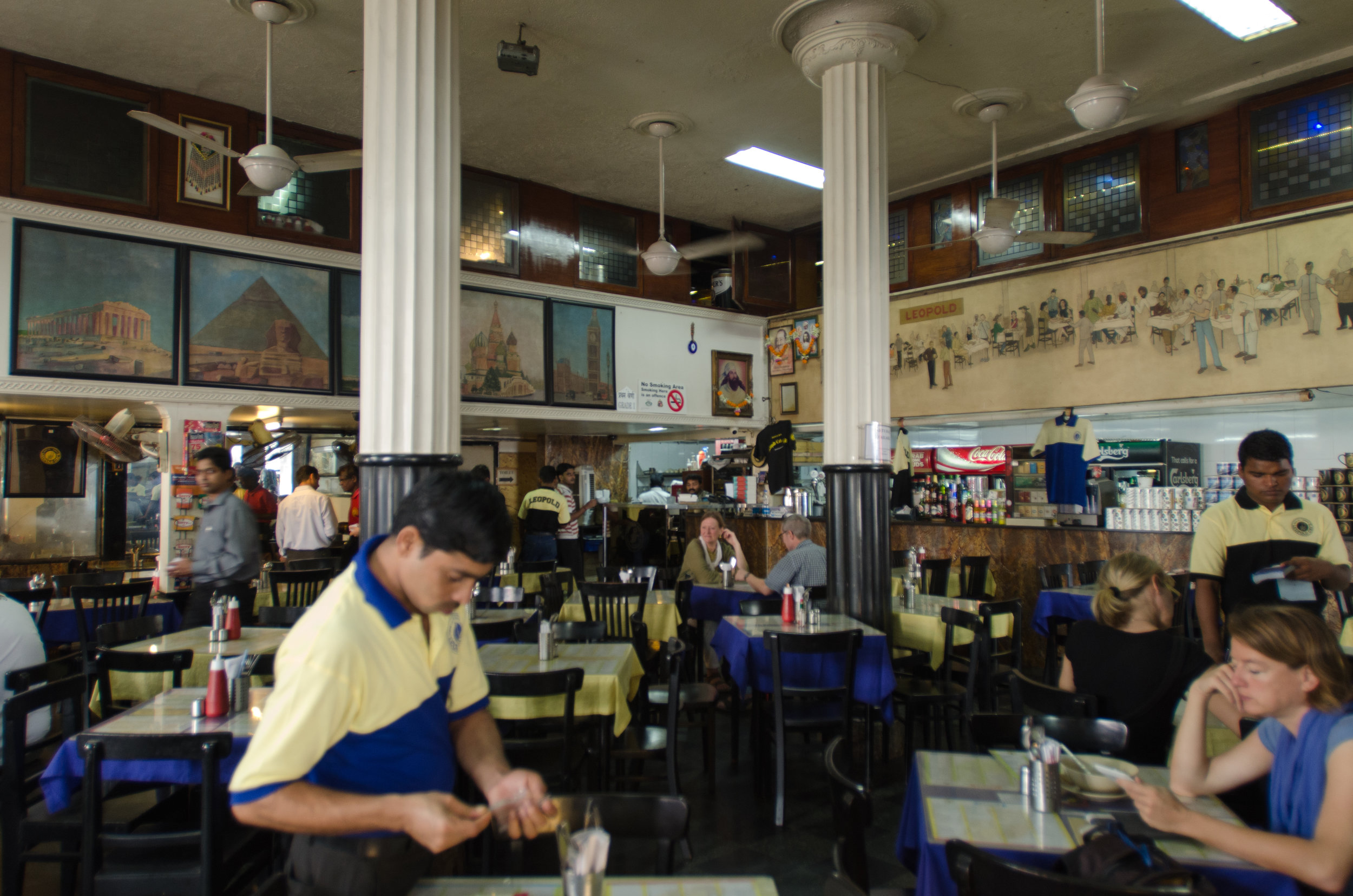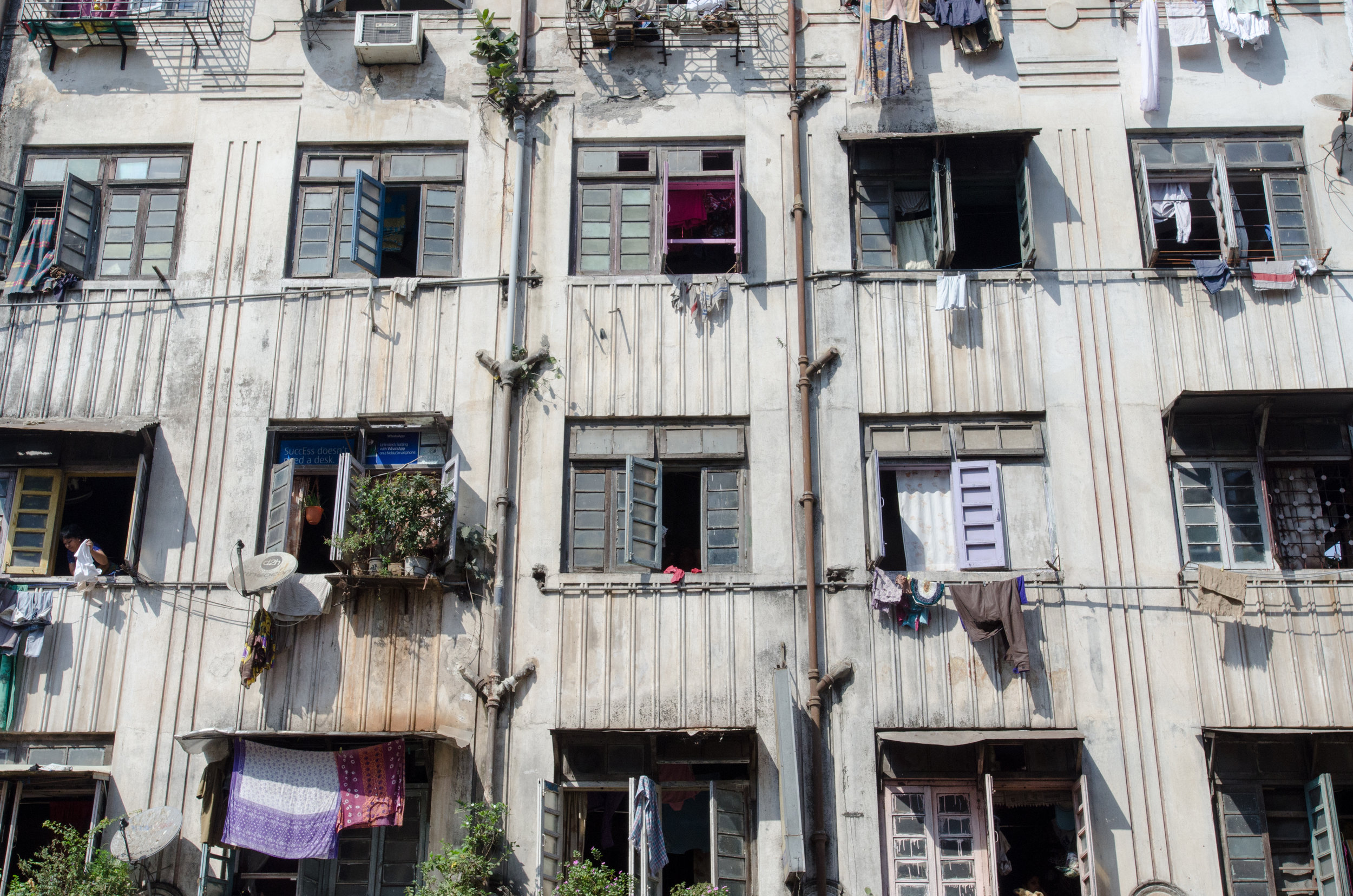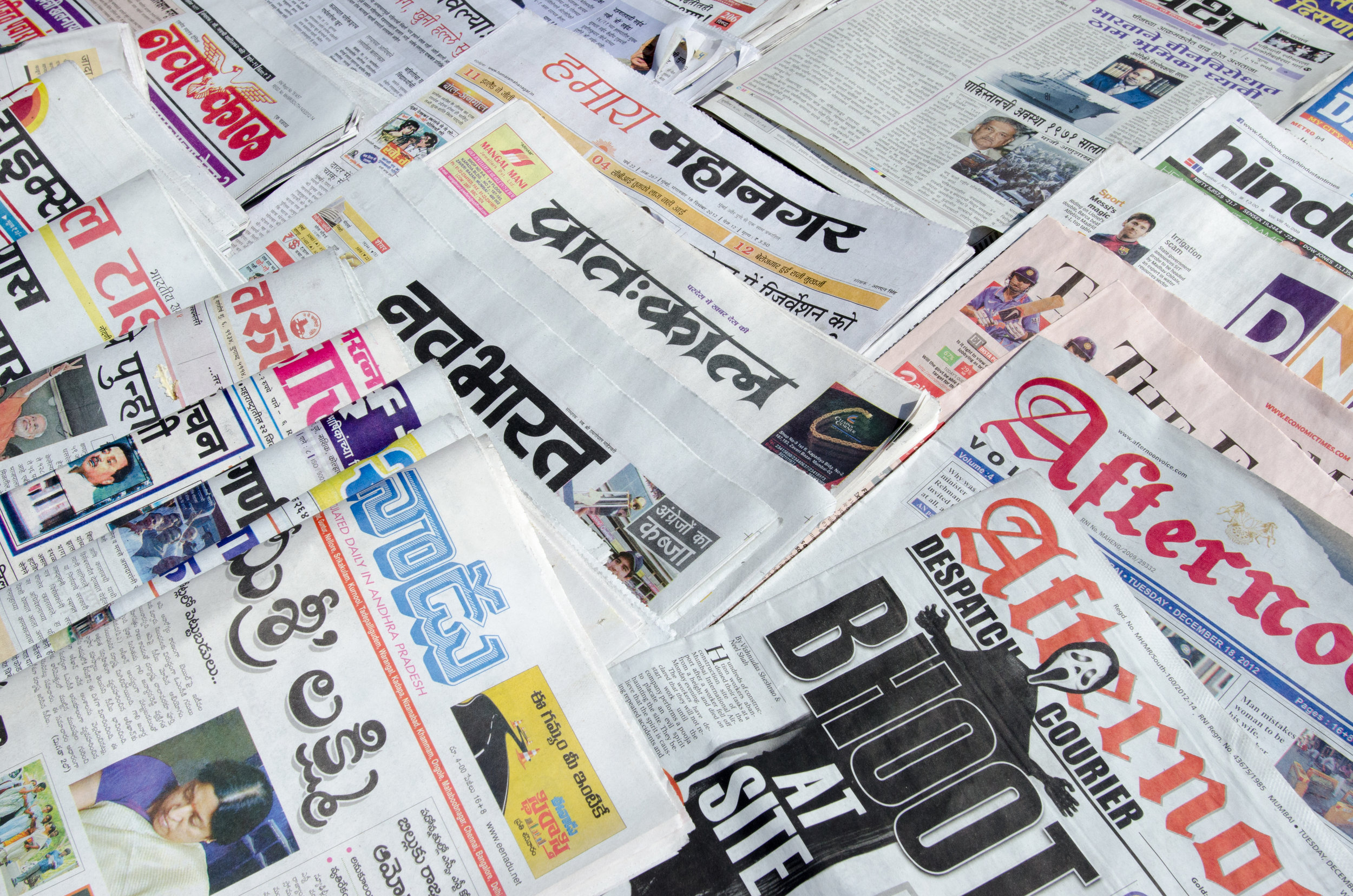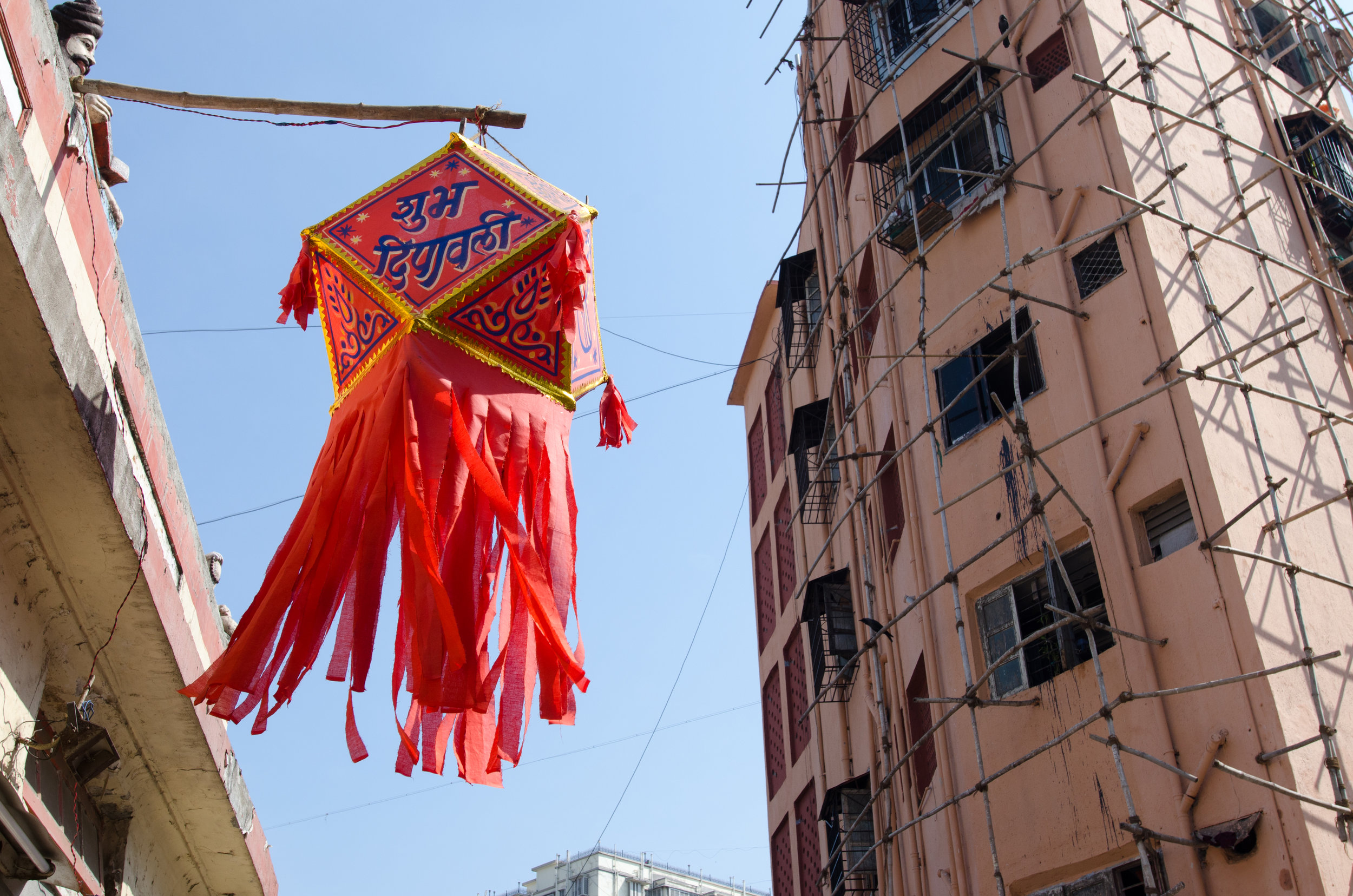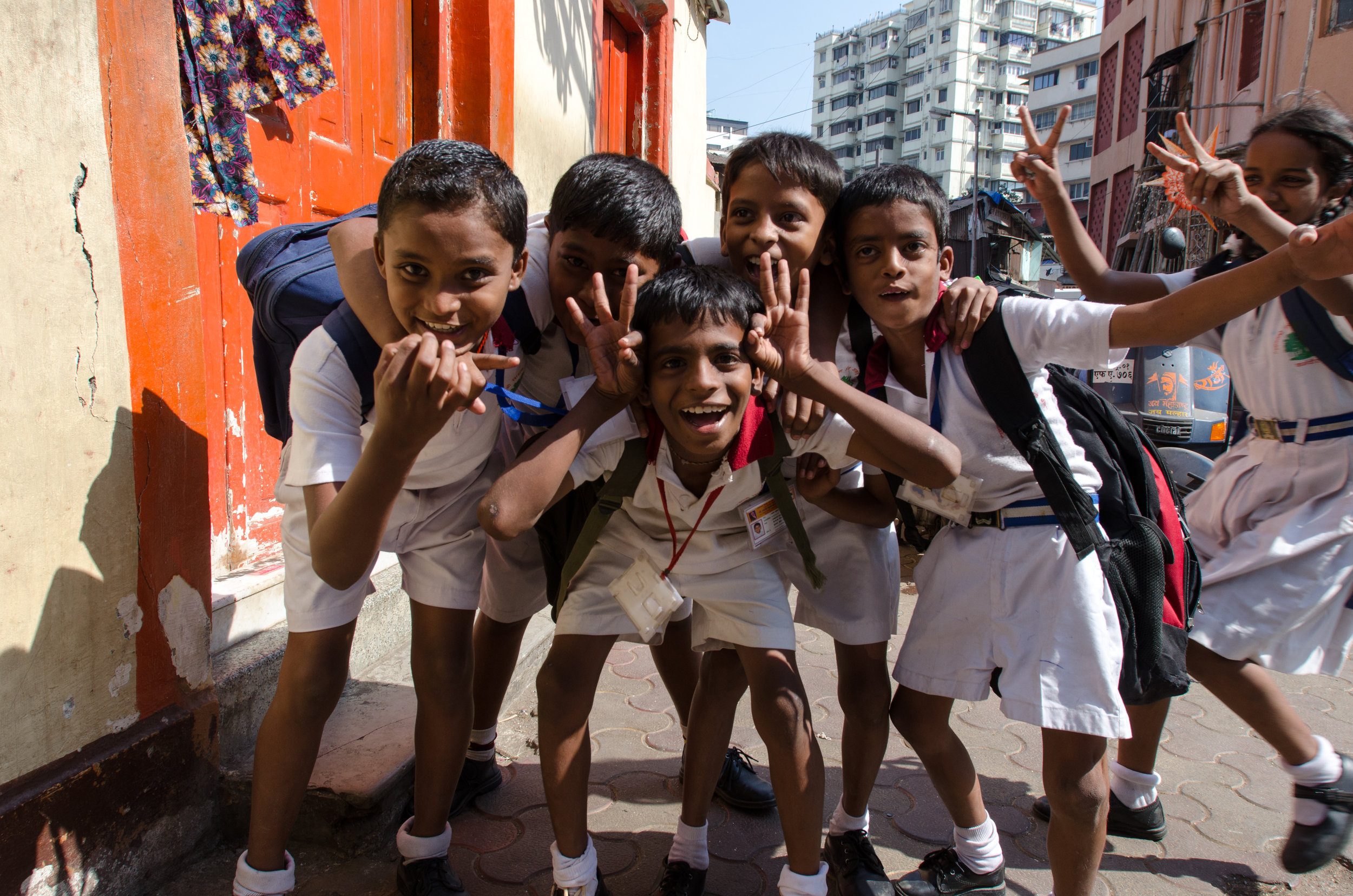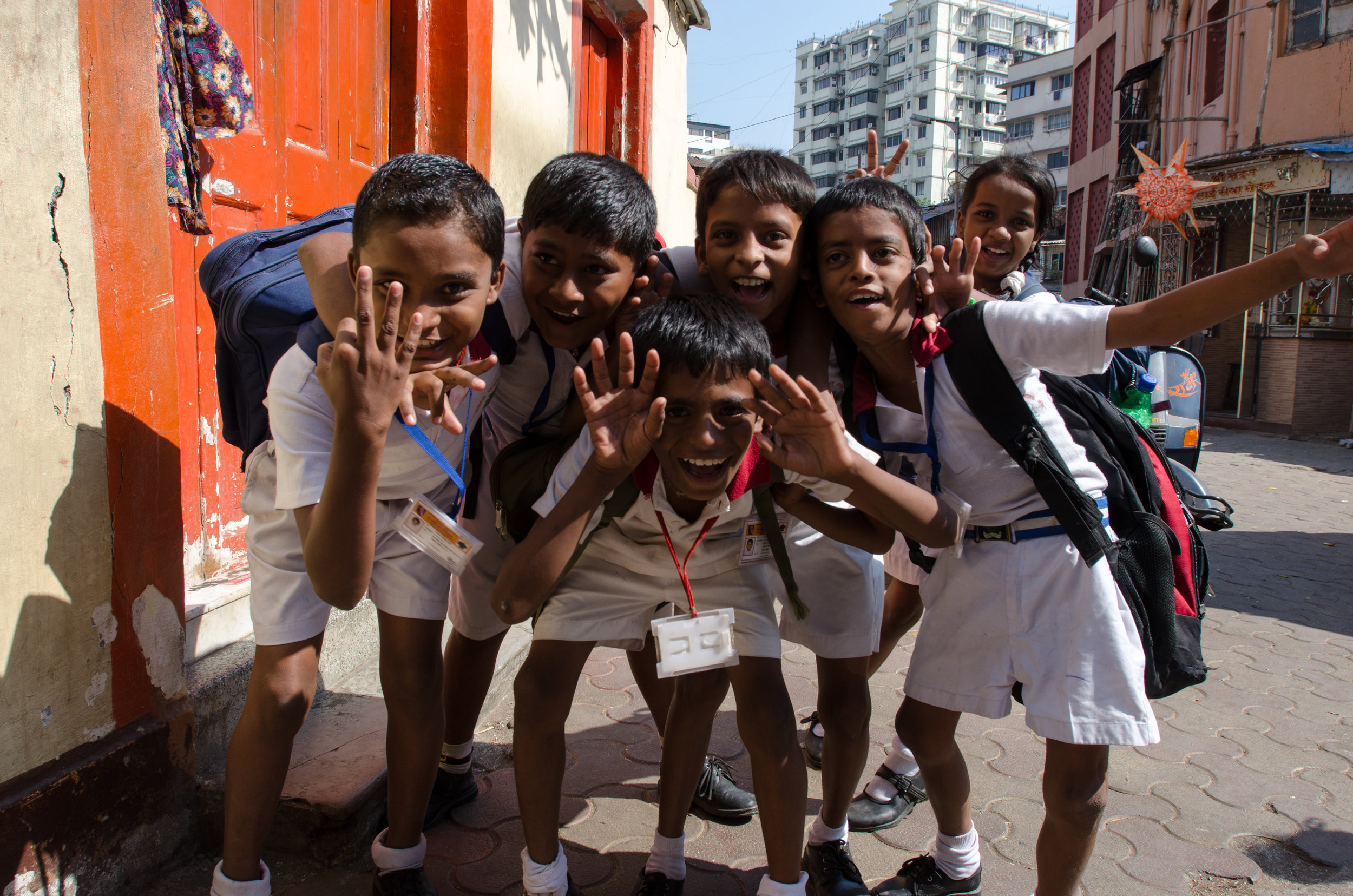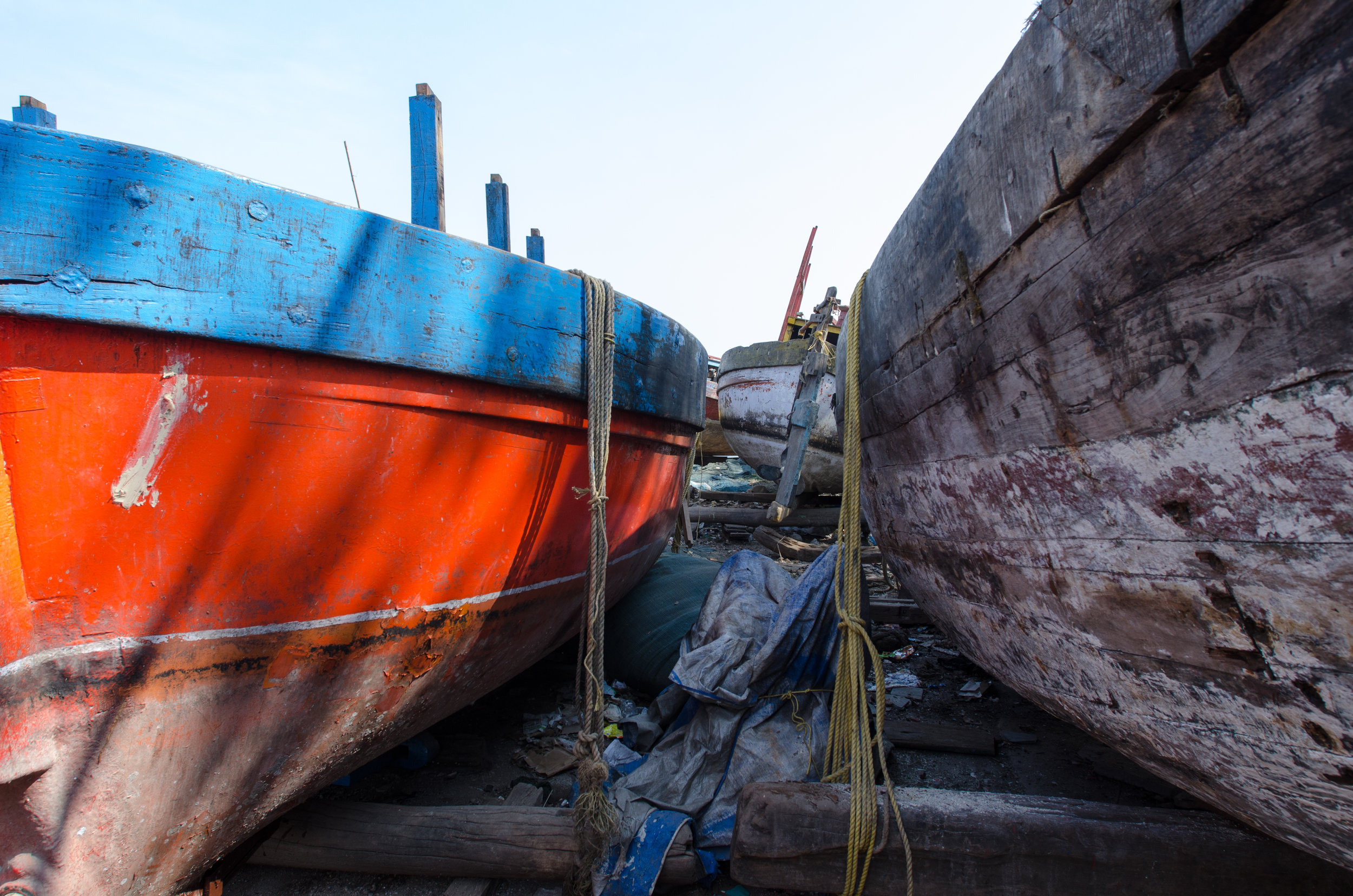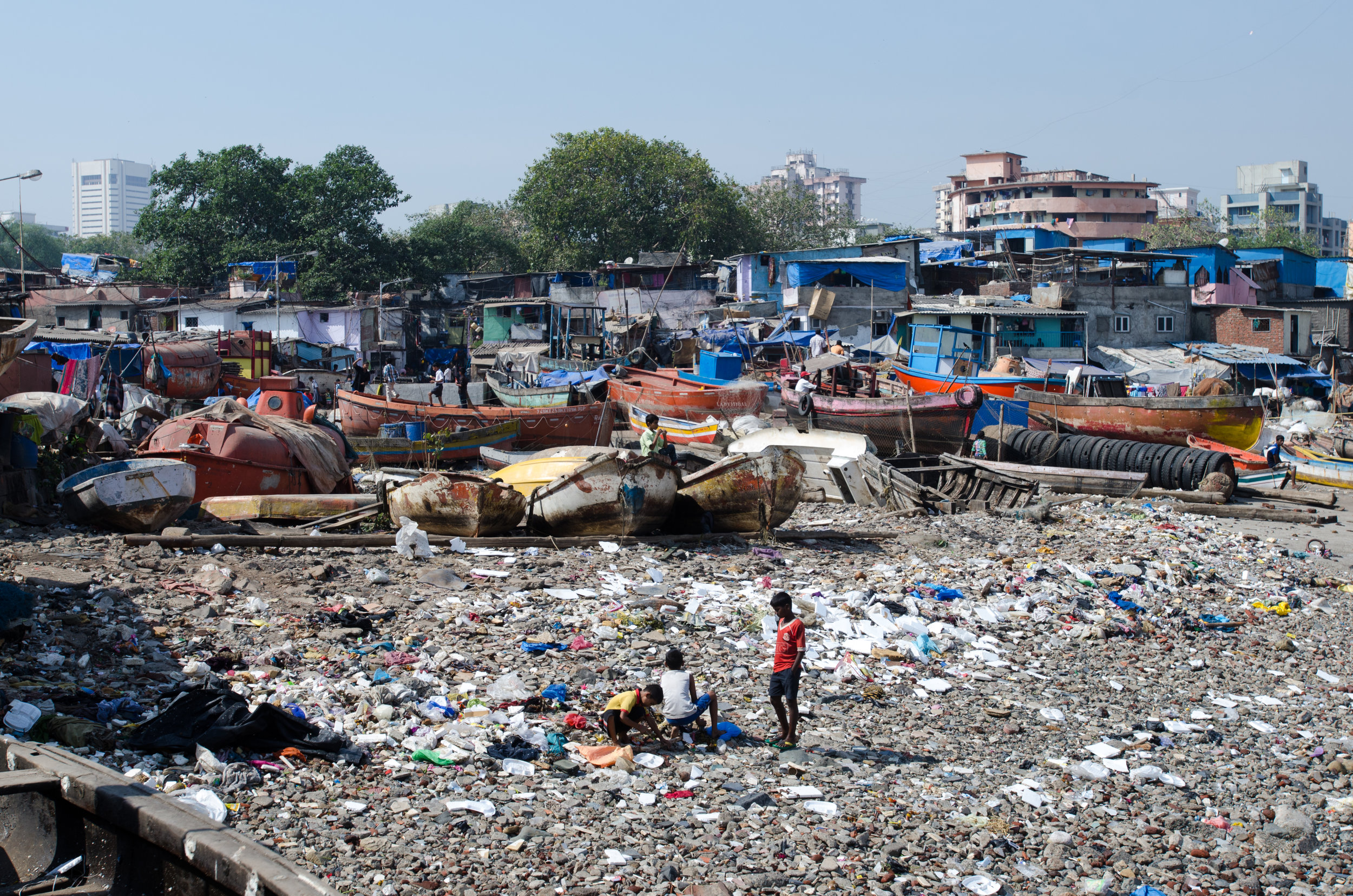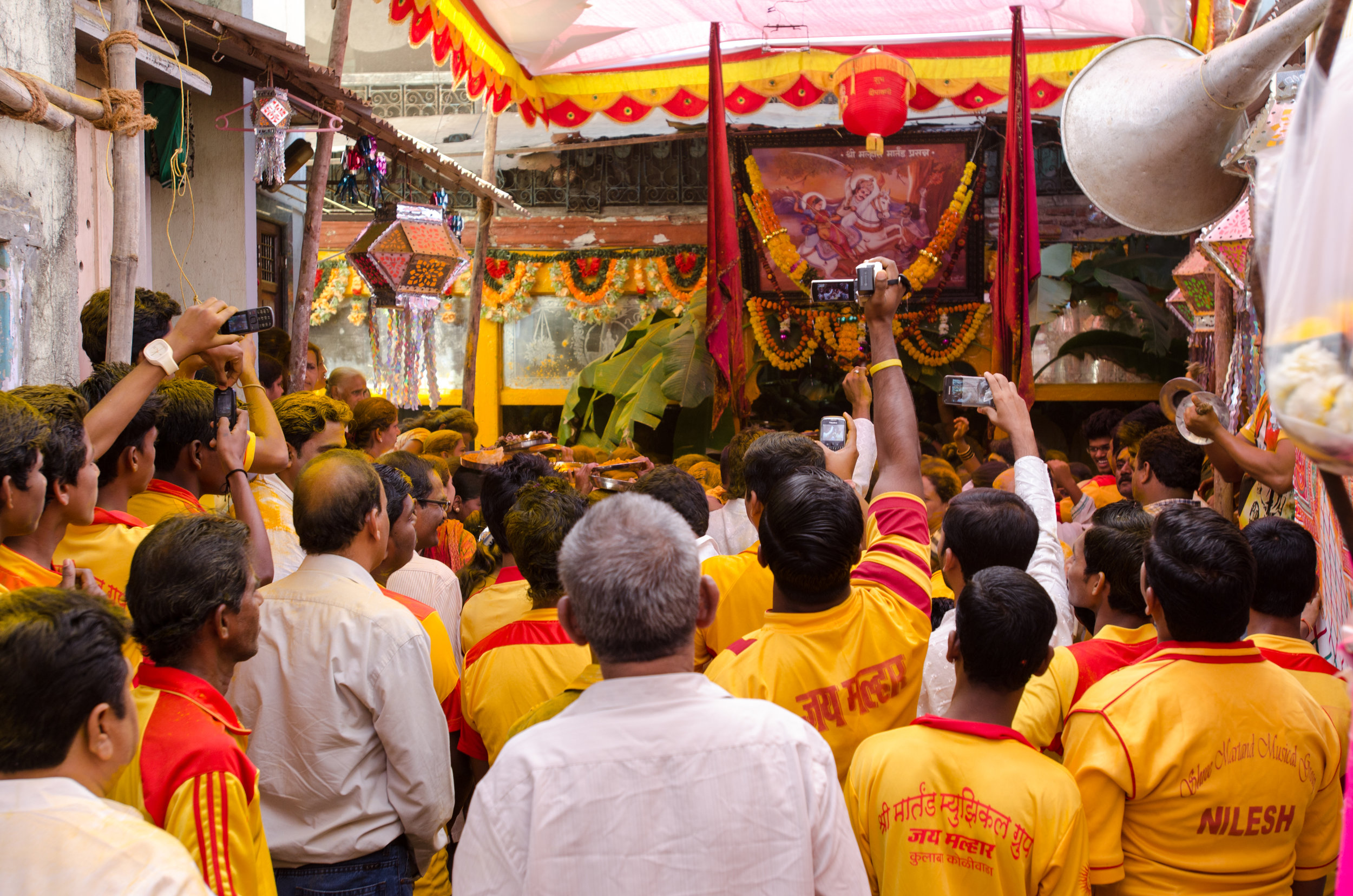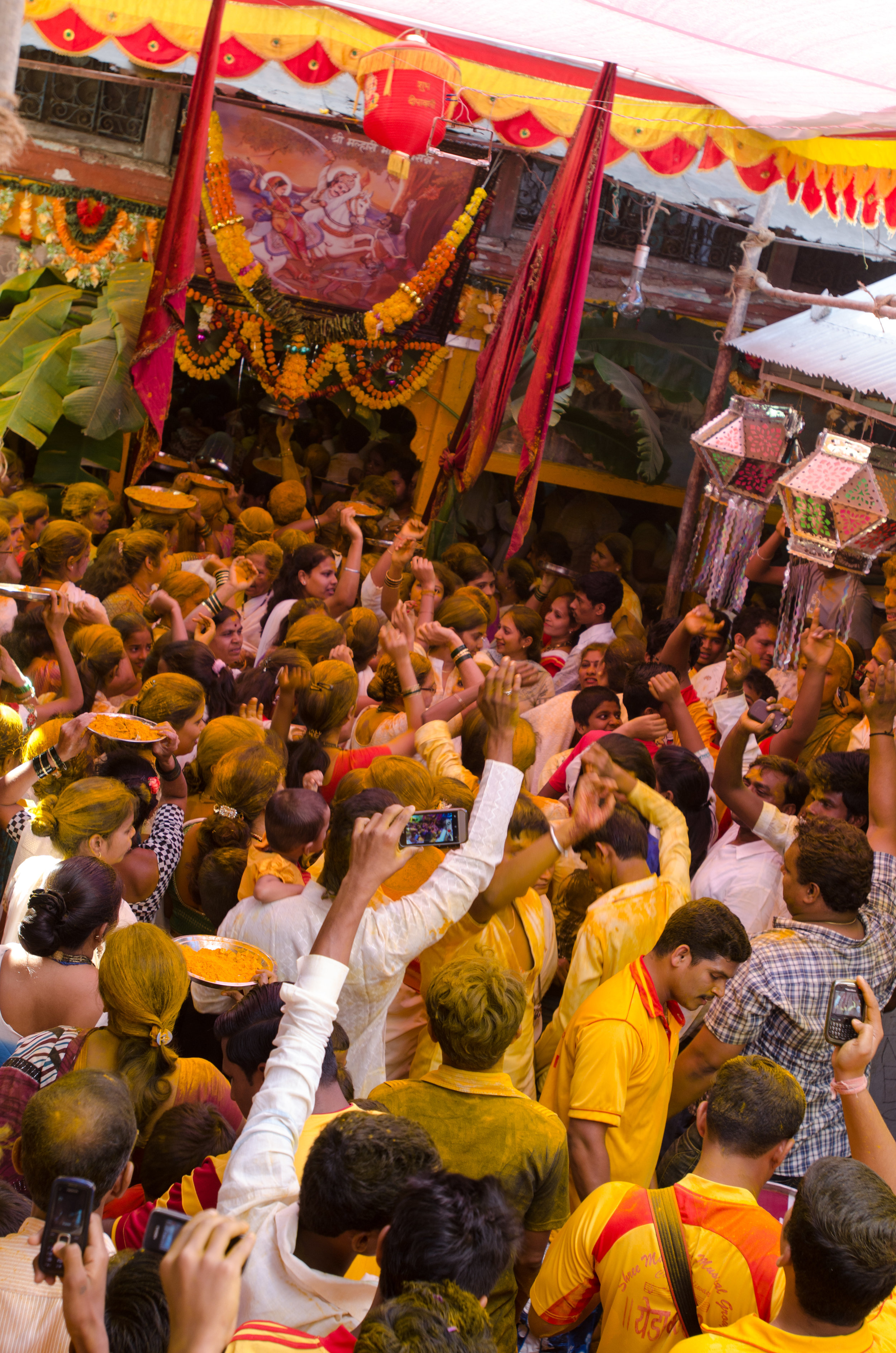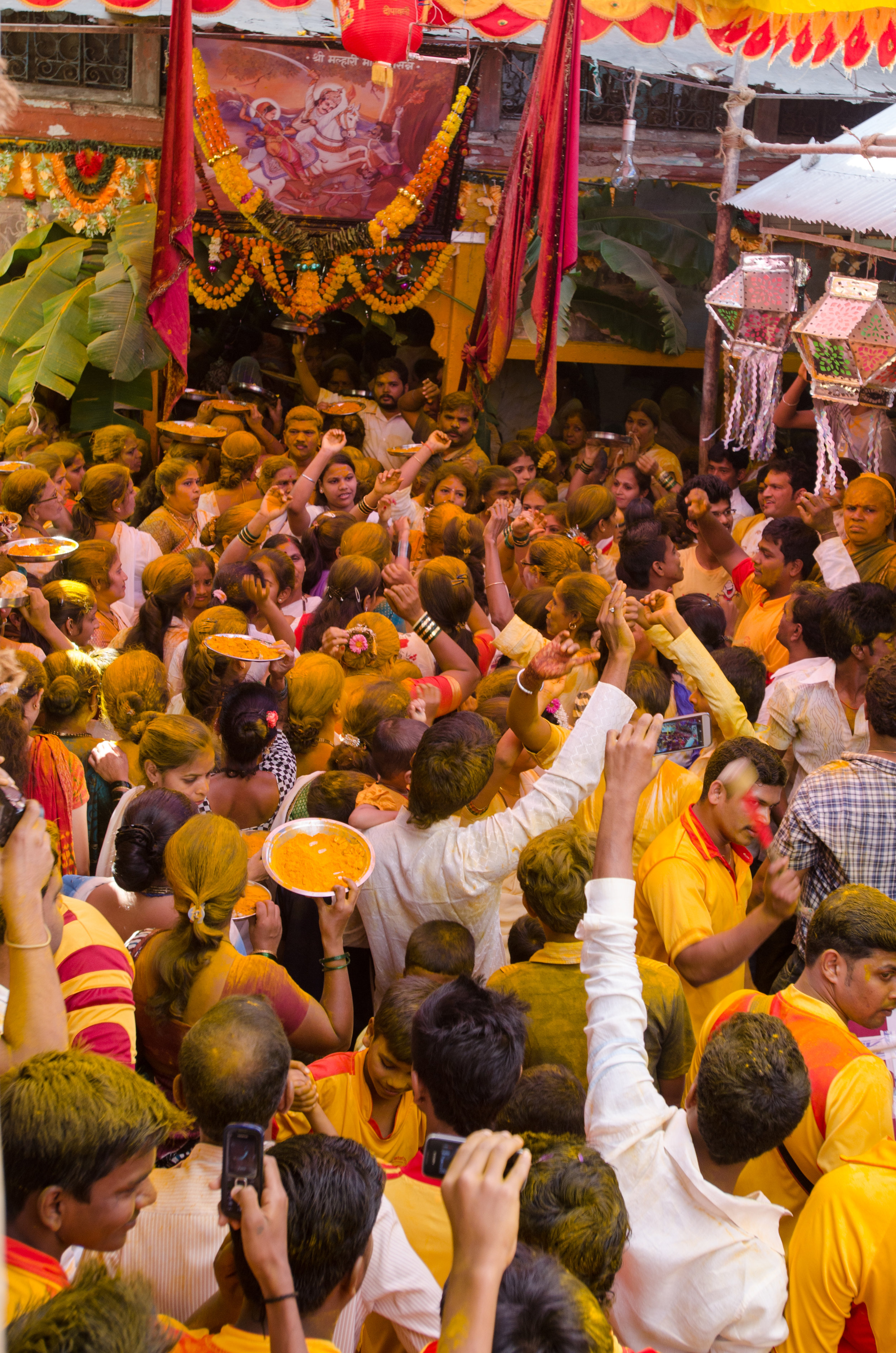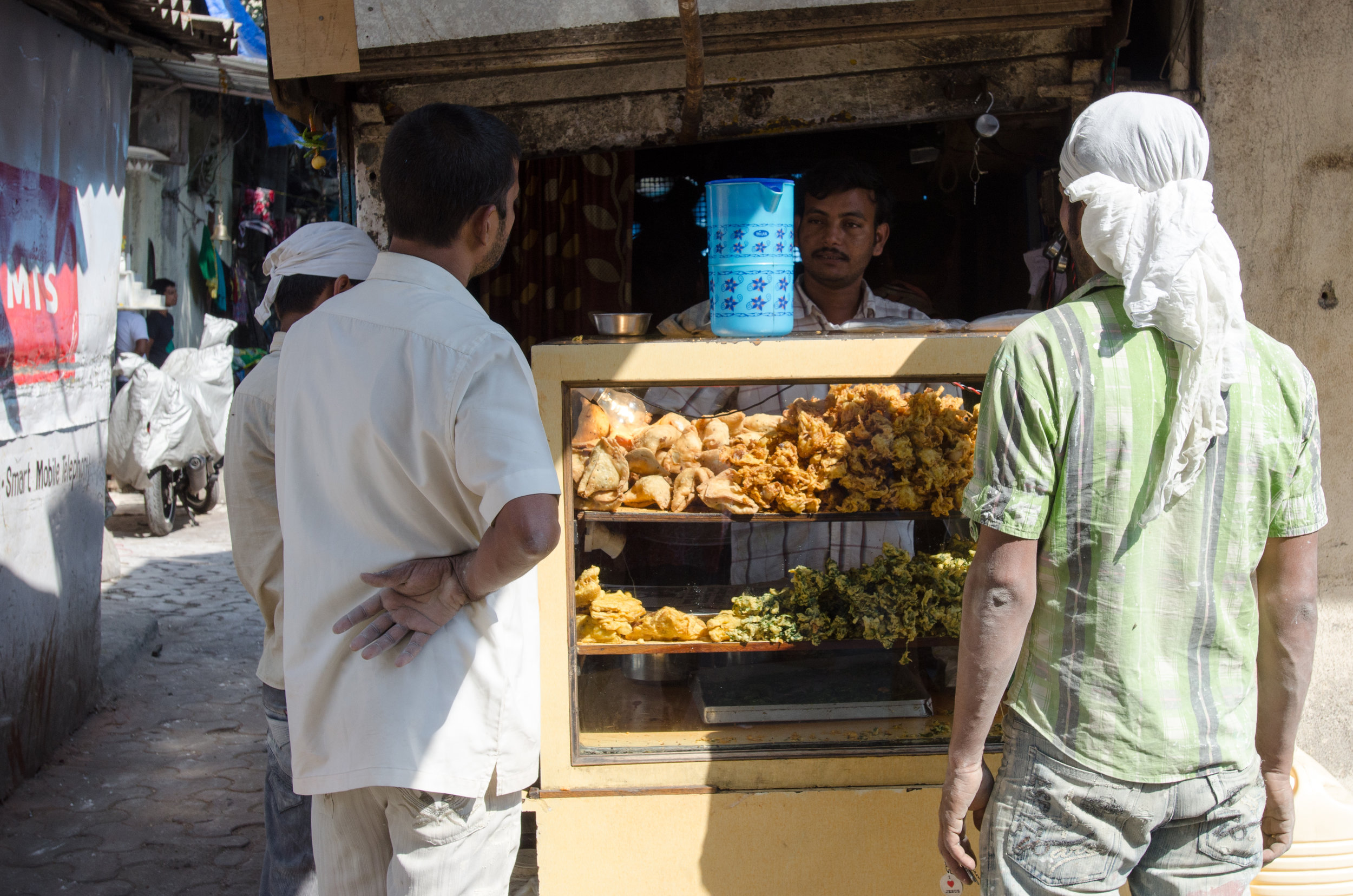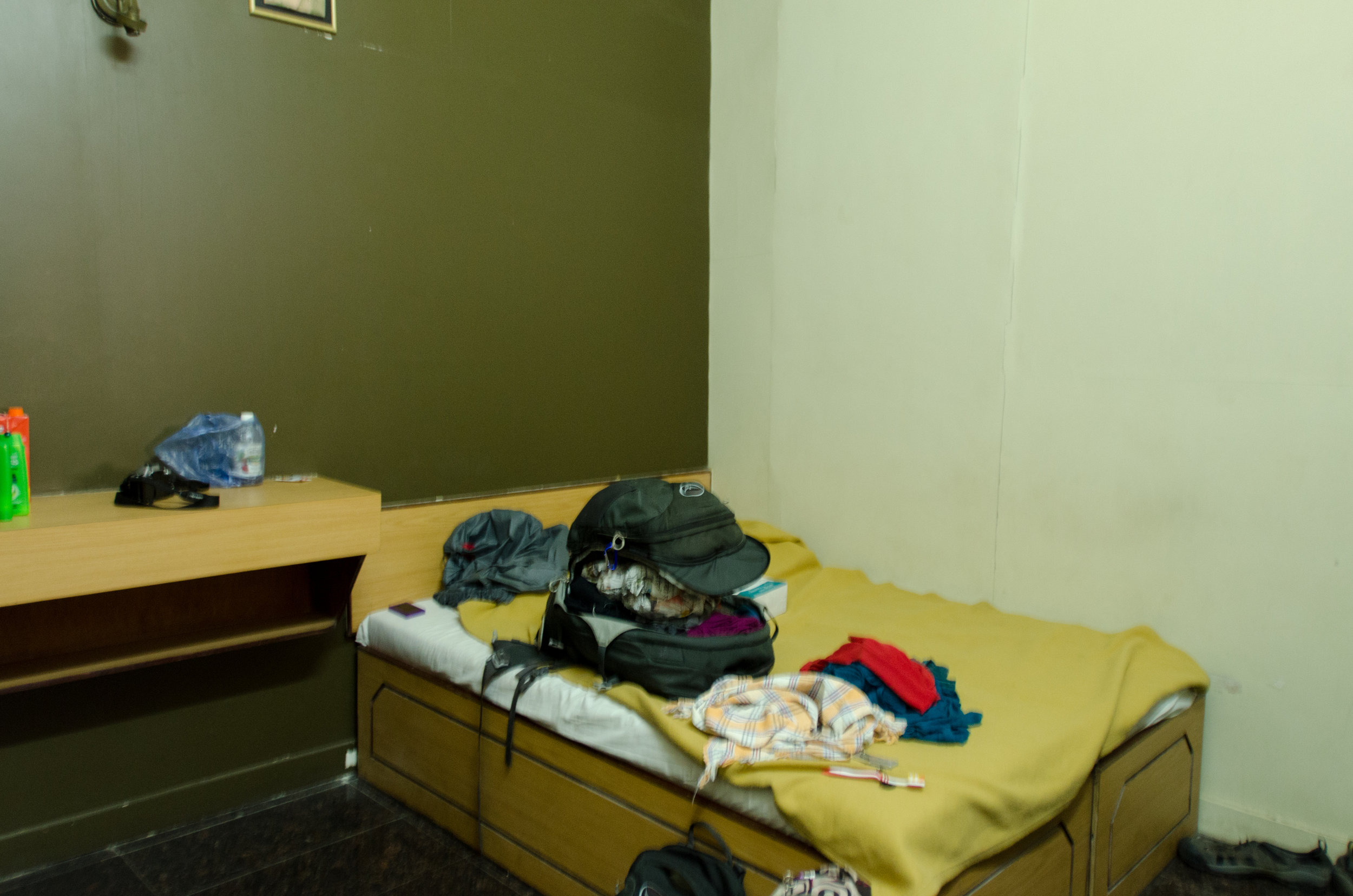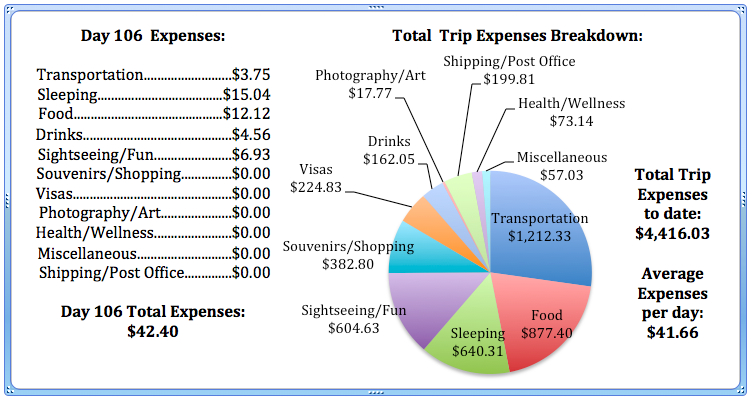Elephanta Island was known as Gharapuri until the 17th century when the Portugese renamed it because of the huge elephant statue that stood at the base of the island. Unfortunately, the statue is no longer there (the Portugese dropped it in the sea, and now it’s in The Dr Bhau Daji lad Museum in Mumbai), but many caves full of ancient Hindu statues and reliefs still stand.
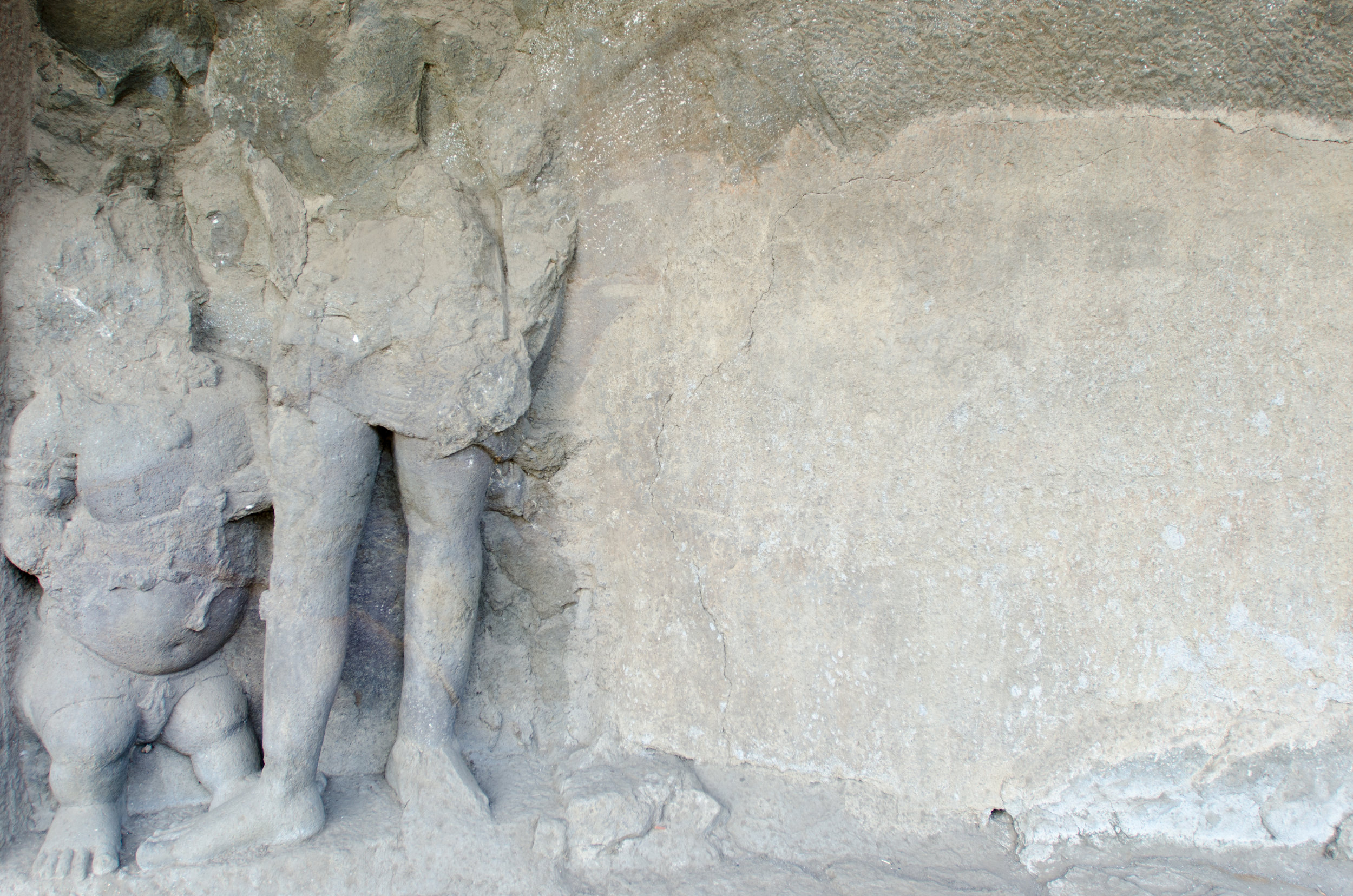
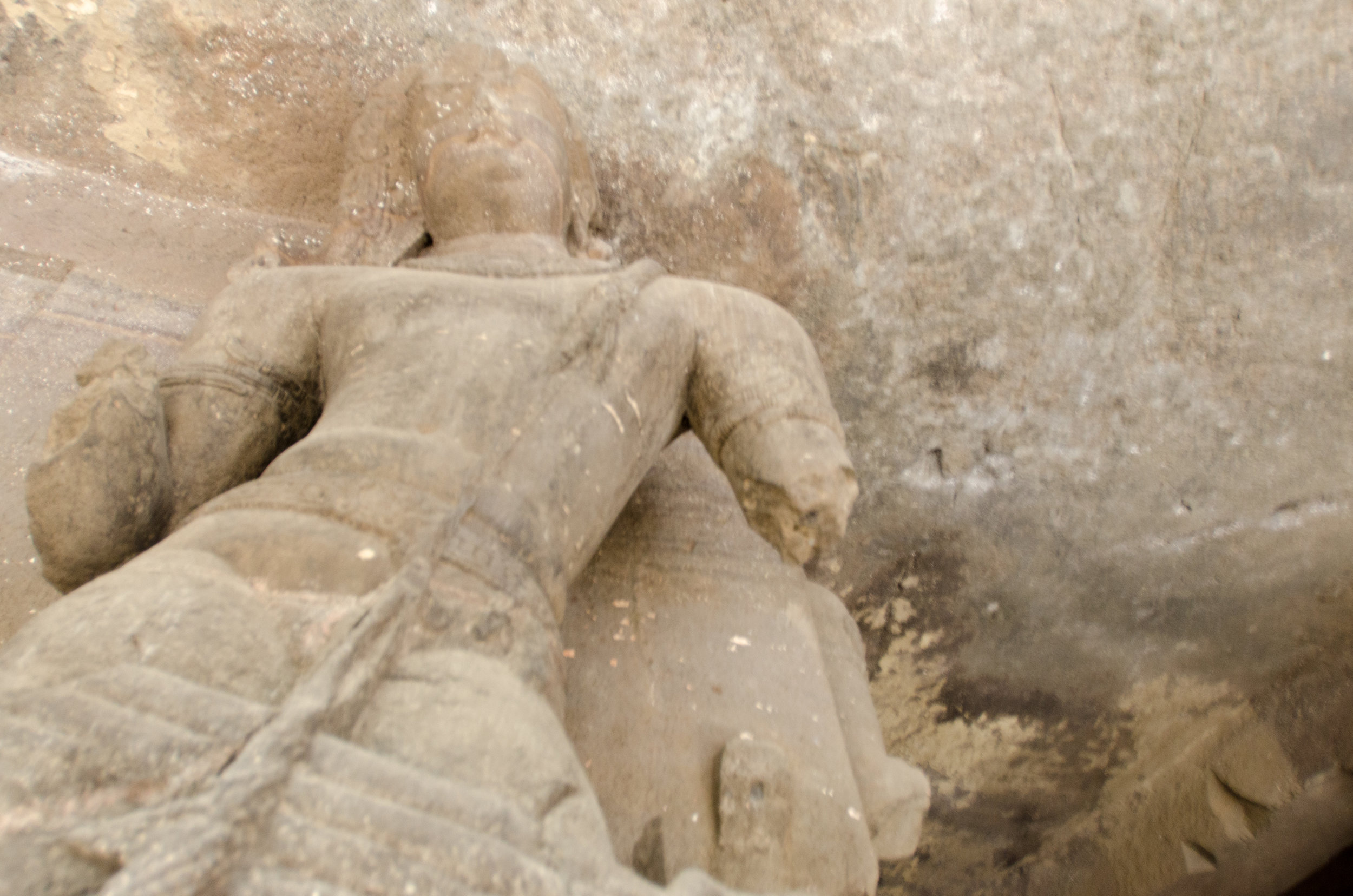
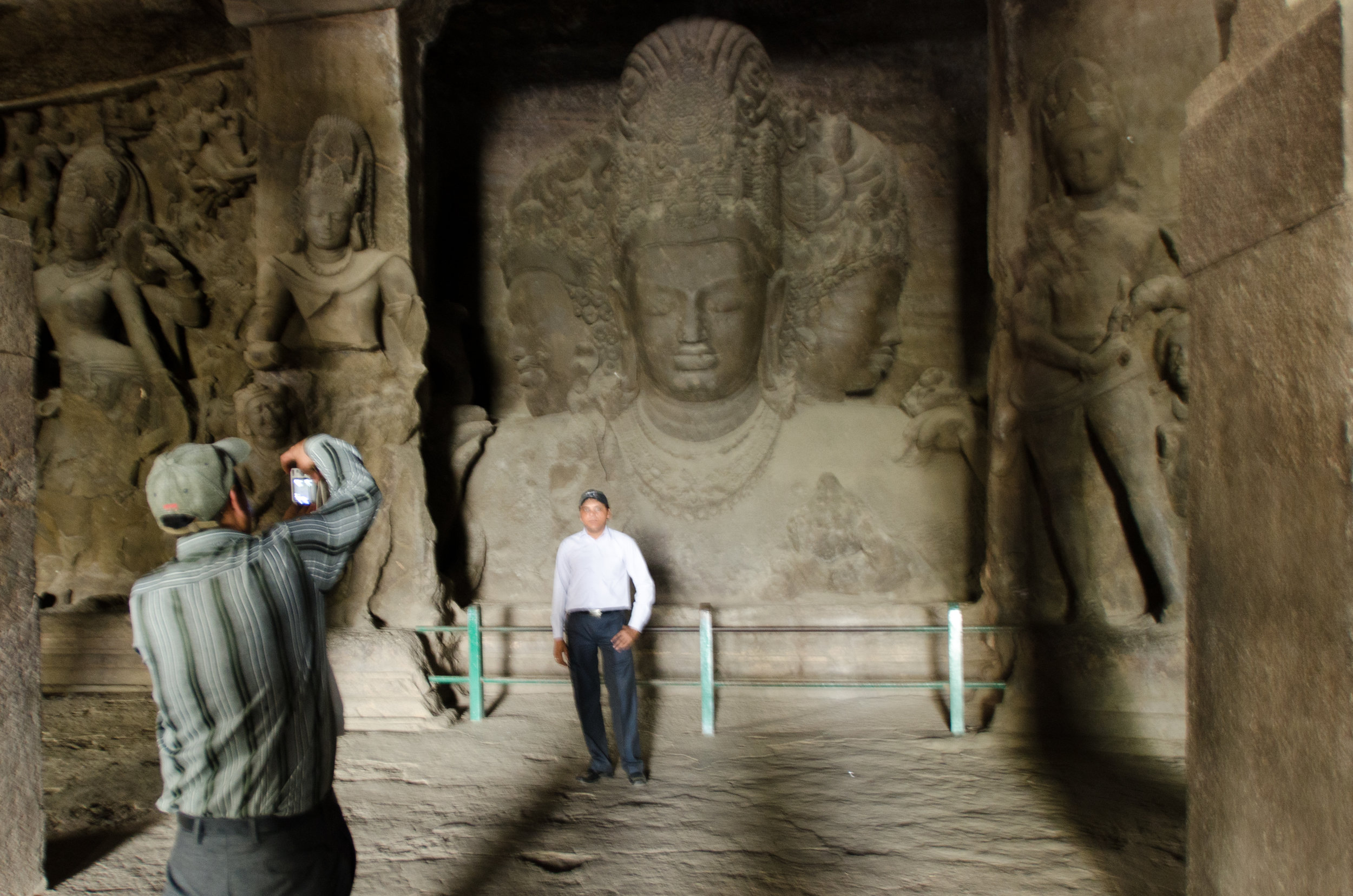
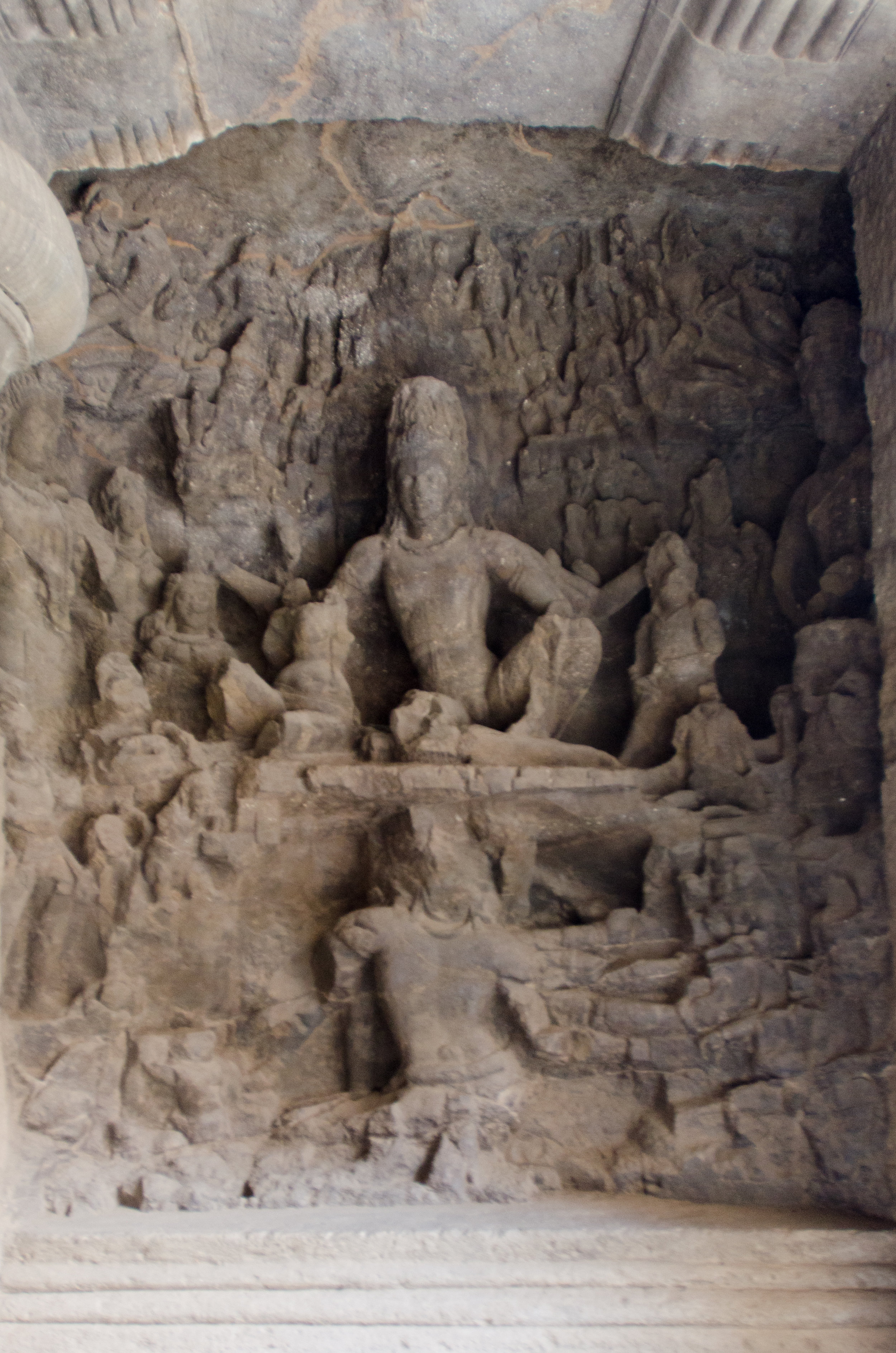
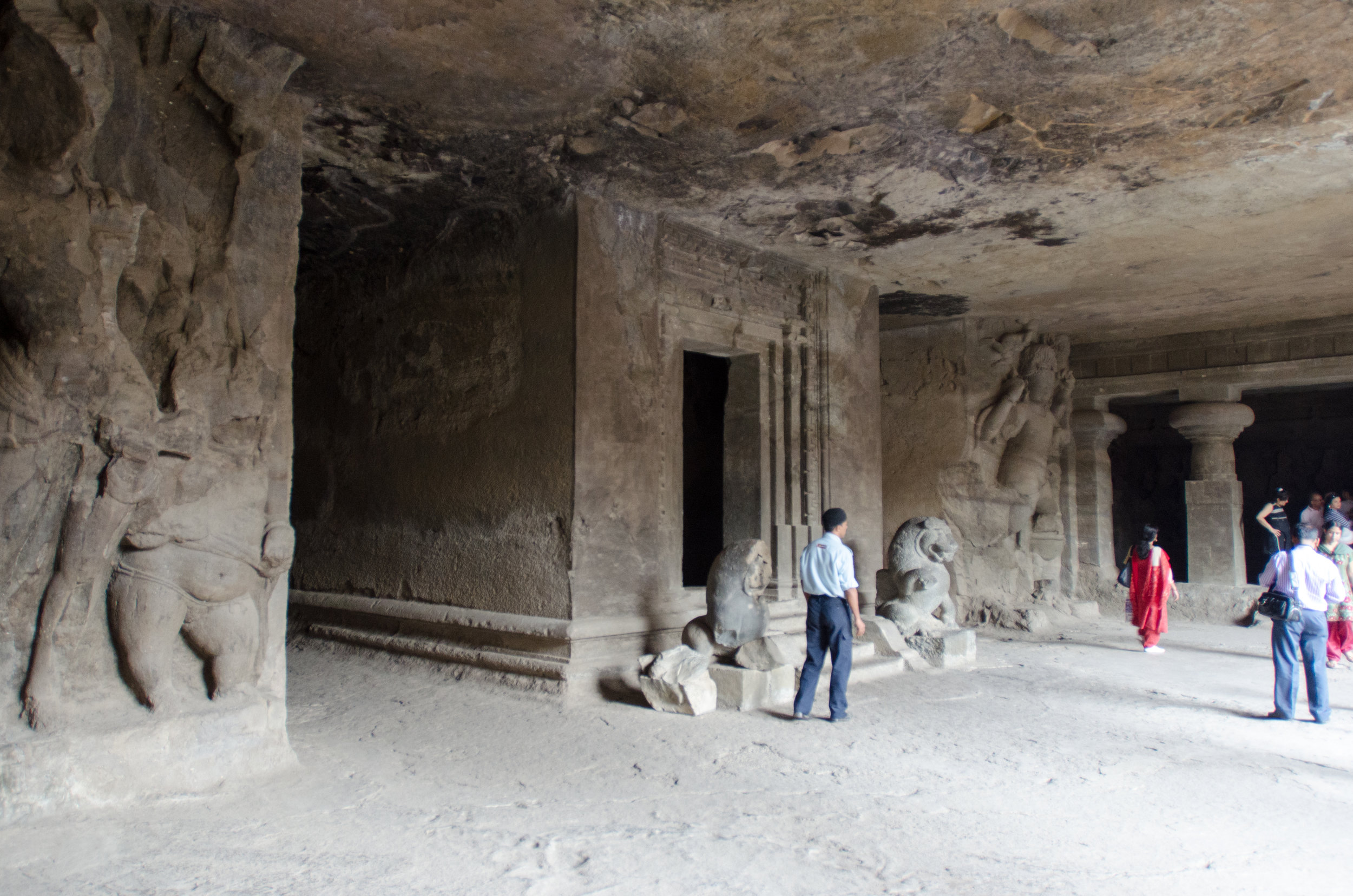
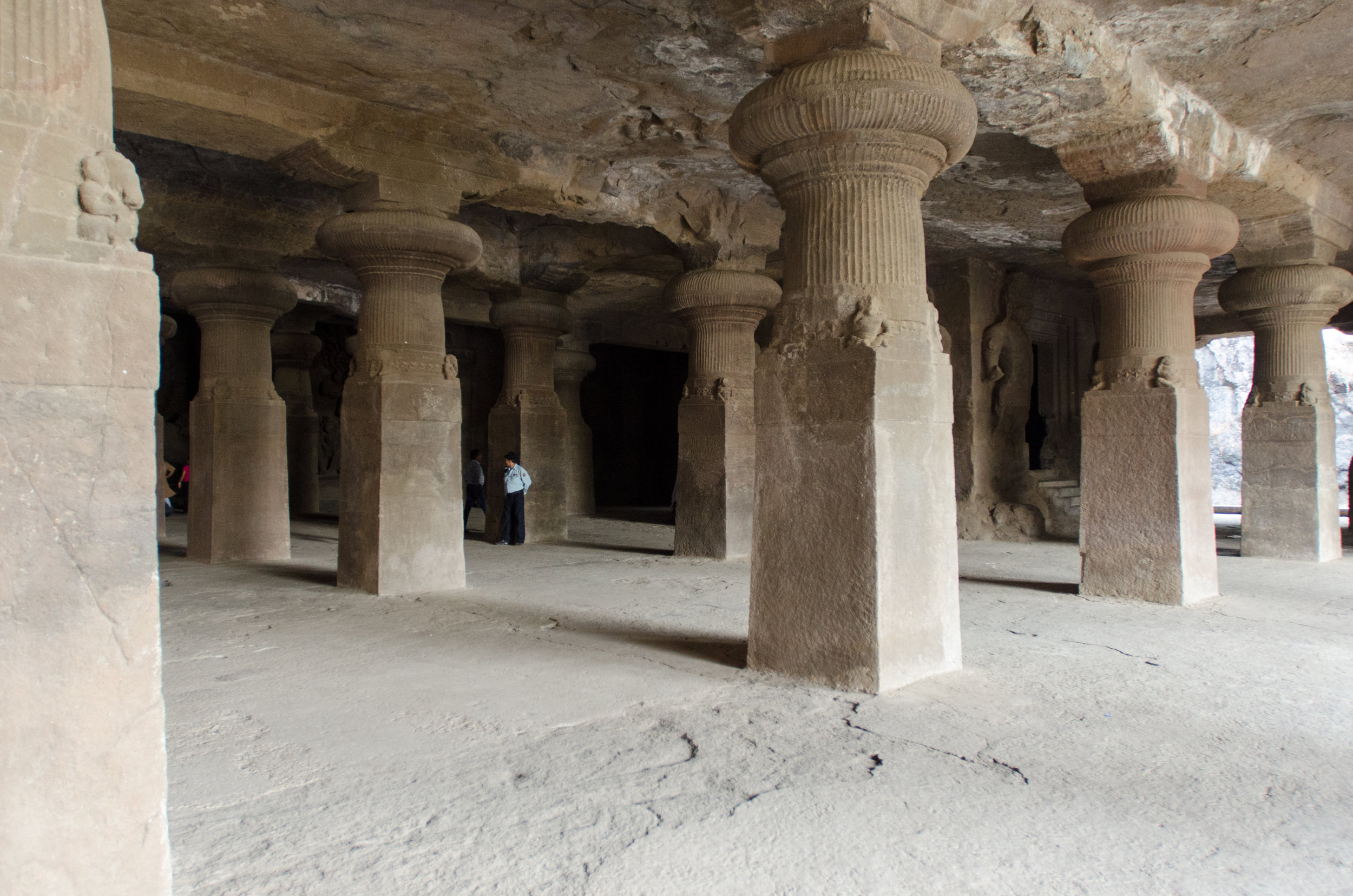
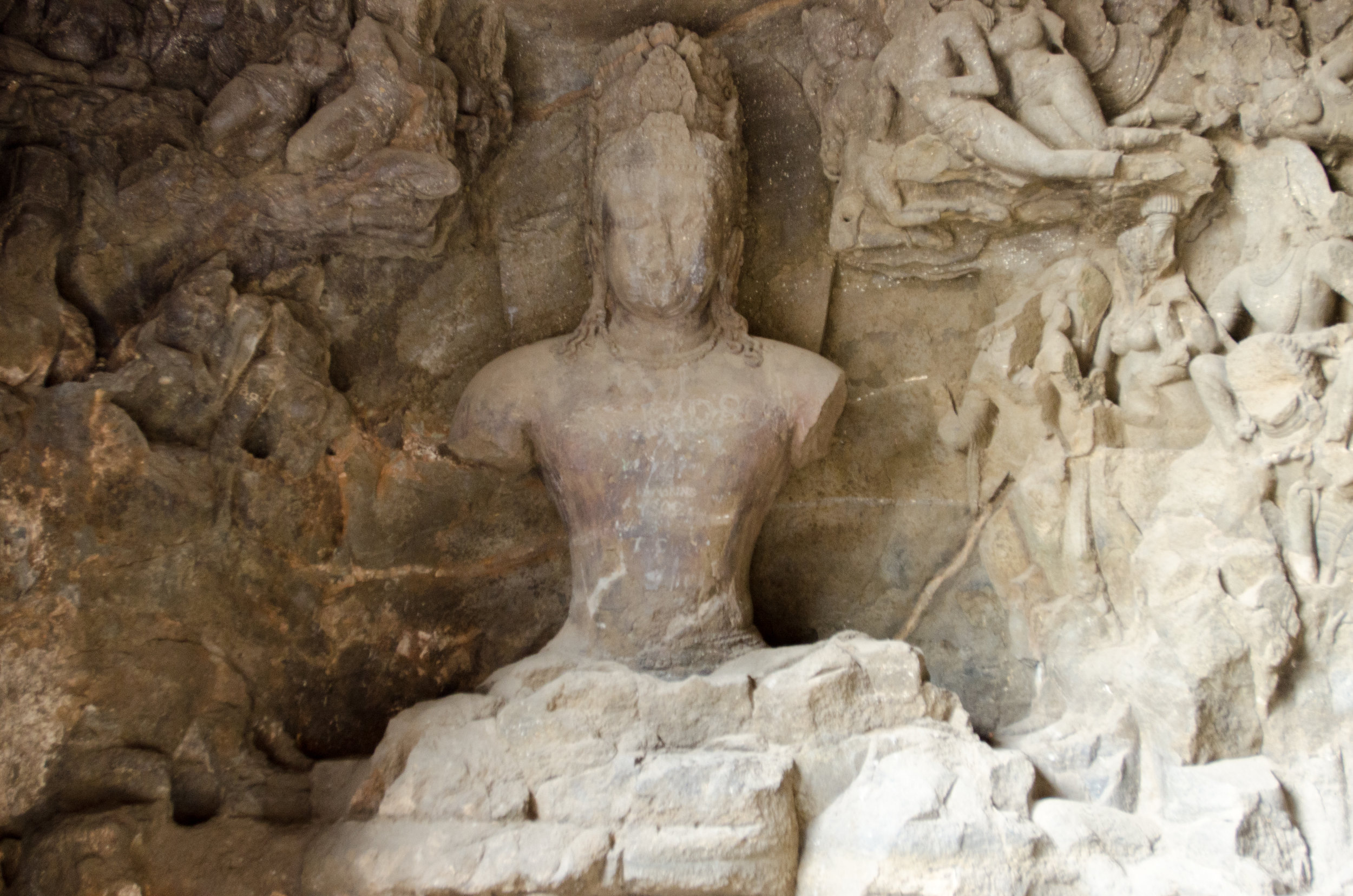

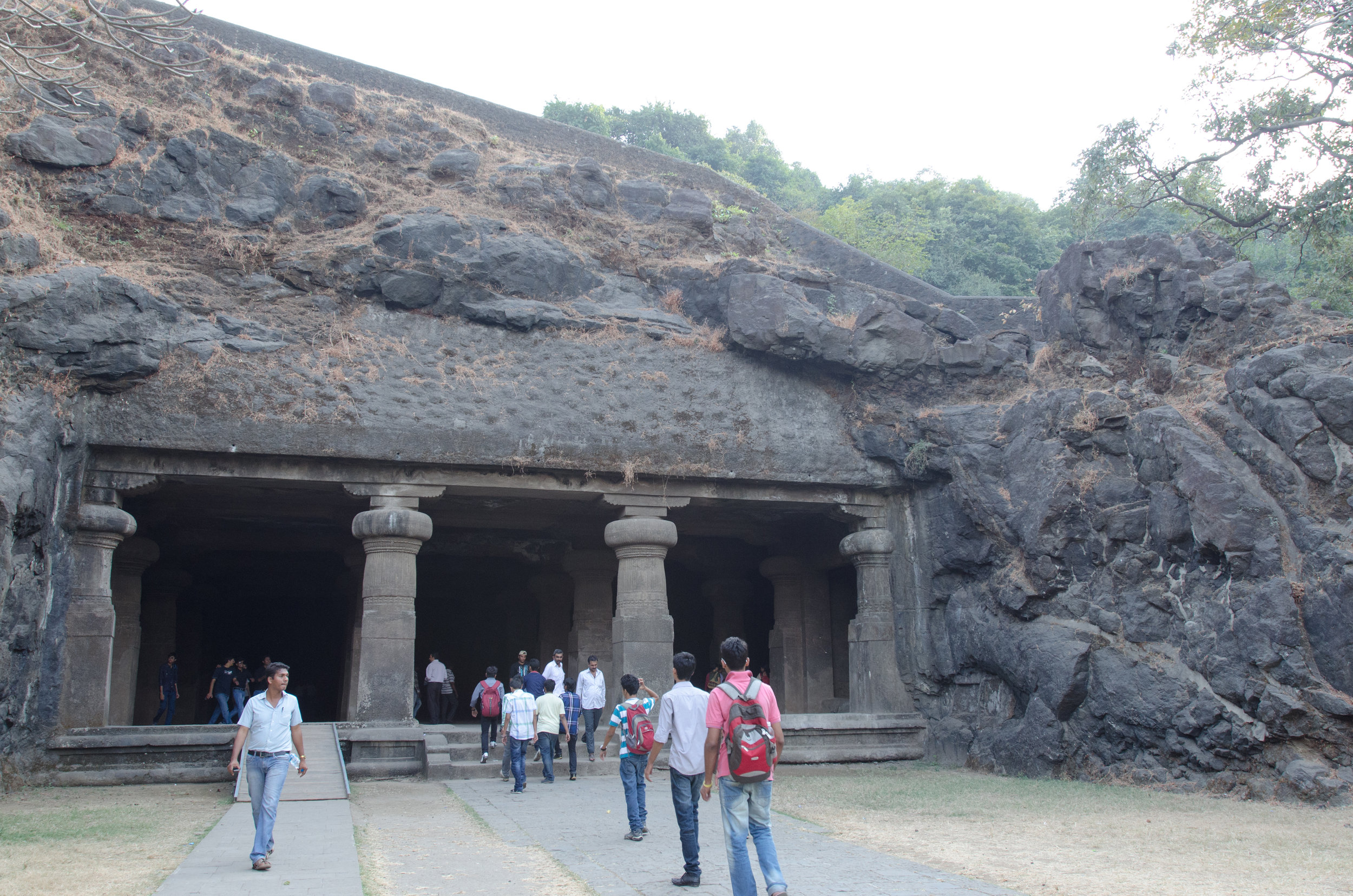
After an afternoon on the very touristy island, we had kebabs from Bademiya, a kebab stand/restaurant (Andrew would like me to tell you it’s a “Mumbai street food institution” in the heart of Colaba. The men making the flat bread let me hop in and help before we ate. (SO FUN!) But I wasn’t very good, so I didn’t stay long and instead we met up with our new friends, Robert and Maddie, from our camel safari for drinks and they coerced us into trying paan- an after dinner digestive that might not be my favorite thing to order from a street stand… But still, it was fun to try and even more fun to do with friends!
I tried to wait around to get a picture of this most famous three headed Shiva sculpture, but it proved impossible. I actually wasn’t really sure that I saw this sculpture because I tend to flee from mass amounts of tourists, which flooded the scene shortly after I took this picture. One little girl kept practicing her English, saying “EXCUSE ME!” over and over again. It was cute, and I think she wanted to be my friend, but she kept throwing me off because every time she would say it I kept moving around thinking she was right behind me and I was blocking her view!
